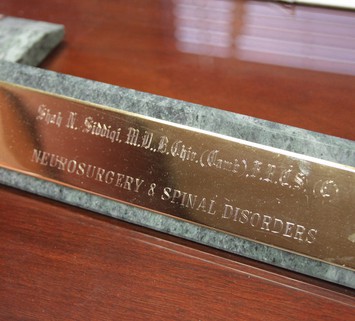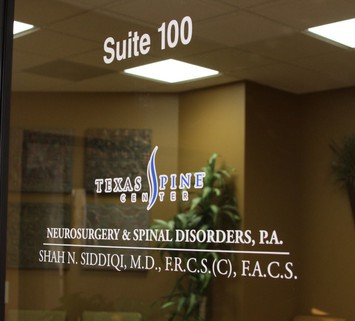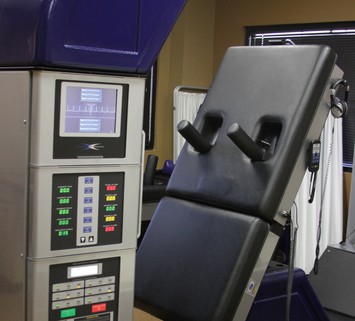Texas Spine Center: Understanding Lumbar Spondylolisthesis
For those who have been diagnosed with a type of Spondylolisthesis, understanding the nature of the condition can be the first step in successful pain management. The experts at Texas Spine Center can help patients explore both their non-surgical and surgical options for treatment.
Lumbar Spondylolisthesis occurs most often in the lower regions of the spine and can be categorized in different ways depending on the cause or nature of the condition. It is a condition of the spine that occurs when one of the vertebra slides either forwards or backwards and ceases to be in alignment.
This “slippage” of the vertebra can put pressure on nerve roots in the spine and cause pain and other complications. Patients may experience buttock pains, tightness in the hamstrings, weakness or numbness in the legs, trouble walking and decreased range of motion, pain in the lower back, buttock, or legs when moving, and in rare cases, loss of bladder or bowel control.
The treatment of this condition can be incredibly varied, as the correct treatment must be assigned based on the cause and severity of the Spondylolisthesis for each patient. Usually a non-surgical approach involving physical therapy, medications, and injections will be implemented first. If these measures fail to relieve pain or improve the patient’s overall condition, then surgical options must be examined.
Dr. Siddiqi and the medical professionals at Texas Spine Center are ready to help patients successfully address the pain caused by Lumbar Spondylolisthesis. To find out more about how your patients can begin this process, have them schedule an appointment at Texas Spine Center today.



